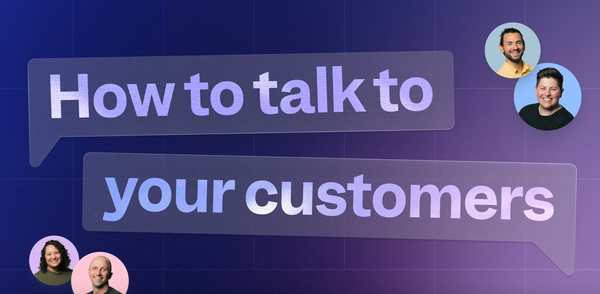Mobile App's Uninstall Rate Too High?
A founder asked me recently, “Our uninstall numbers are 80% of our installs on any given day. Is it a problem with our acquisition campaign?”
To answer this, we need to understand that app uninstall rates are influenced by four critical metrics:
- Your Current Overall Install Base
- Your Organic App Install Quantity
- Your Paid App Install Quality
- Your App's Average Frequency of Use
Let's break these down to understand how they contribute to your app's uninstall rate.
1. Your Current Overall Install Base
The larger your app’s current install base, the higher the likelihood of uninstalls. This is a natural occurrence as a larger user base means more varied user experiences and expectations. Ideally, your daily organic installs should exceed the number of uninstalls to maintain a positive growth rate. When the uninstall rate surpasses new installs, it indicates an underlying issue that needs to be addressed.
2. Your Organic App Install Quantity
Organic installs—those acquired without paid advertising—are generally higher quality because these users have a genuine interest in your app. A low number of organic installs often correlates with a higher uninstall rate. This is because organic users tend to be more engaged and have a clearer understanding of the app’s value proposition.
To counteract low organic installs, it's crucial to ensure that your paid installs are of high quality. Paid users should find your app valuable enough to continue using it beyond the initial installation phase. Investing in targeted advertising campaigns can help attract users who are more likely to stay engaged with your app.
3. Your Paid App Install Quality
As the scale of paid installations increases, the quality of these installs tends to drop. Initially, paid campaigns may attract high-quality users, but as the campaign scales, it often reaches less targeted audiences, resulting in users who may not find the app useful and thus uninstall it shortly after downloading.
To mitigate this, it’s essential to continuously optimize your paid acquisition strategies. Focus on precise targeting and regularly update your audience segments to ensure that your ads are reaching the most relevant users. Additionally, monitoring the lifetime value (LTV) of users acquired through paid campaigns can help you assess the effectiveness of your strategies.
4. Your App’s Average Frequency of Use
The frequency with which users need to use your app significantly impacts the uninstall rate. Apps with higher usage frequencies, such as cab booking apps, generally experience lower uninstall rates compared to apps that are used less frequently, like flight booking apps. This is because high-frequency use apps become an integral part of users' daily routines.
To improve retention, aim to increase the average frequency of app usage. This can be achieved by enhancing the app’s utility, adding new features that encourage regular use, and creating engagement strategies like personalized notifications and rewards programs.
Taking Corrective Action
To address high uninstall rates effectively, it's crucial to identify which of these factors are most influencing your app's performance. Here are some steps to take:
- Analyze User Feedback: Collect and analyze user feedback to understand why users are uninstalling your app. Look for common themes and areas of dissatisfaction that you can address.
- Enhance User Experience: Ensure that your app provides a seamless and enjoyable user experience. This includes intuitive navigation, fast load times, and minimal bugs or crashes.
- Optimize Onboarding: The onboarding process is critical for user retention. Make sure new users understand the value of your app quickly and easily. Provide clear instructions and highlight key features.
- Increase Engagement: Use push notifications, in-app messages, and email campaigns to keep users engaged. Personalize these communications to make them relevant and valuable to the user.
- Regular Updates: Continuously improve your app based on user feedback and emerging trends. Regular updates not only fix bugs but also show users that the app is actively maintained and improved.
- Targeted Marketing: Refine your marketing strategies to attract high-quality users. Focus on precise targeting and regularly update your audience segments to ensure that your ads reach the most relevant users.
Conclusion
Understanding and addressing the factors that influence your app's uninstall rate is crucial for maintaining a healthy user base and driving growth. By focusing on your current install base, organic install quantity, paid install quality, and app usage frequency, you can identify the root causes of high uninstall rates and take targeted actions to improve user retention.
Investing time and resources into enhancing the user experience, optimising onboarding, increasing engagement, and refining marketing strategies will ultimately lead to a more successful and sustainable app.
Remember, the goal is not just to acquire users but to keep them engaged and satisfied with your app. By doing so, you can build a loyal user base that continues to grow and thrive.


